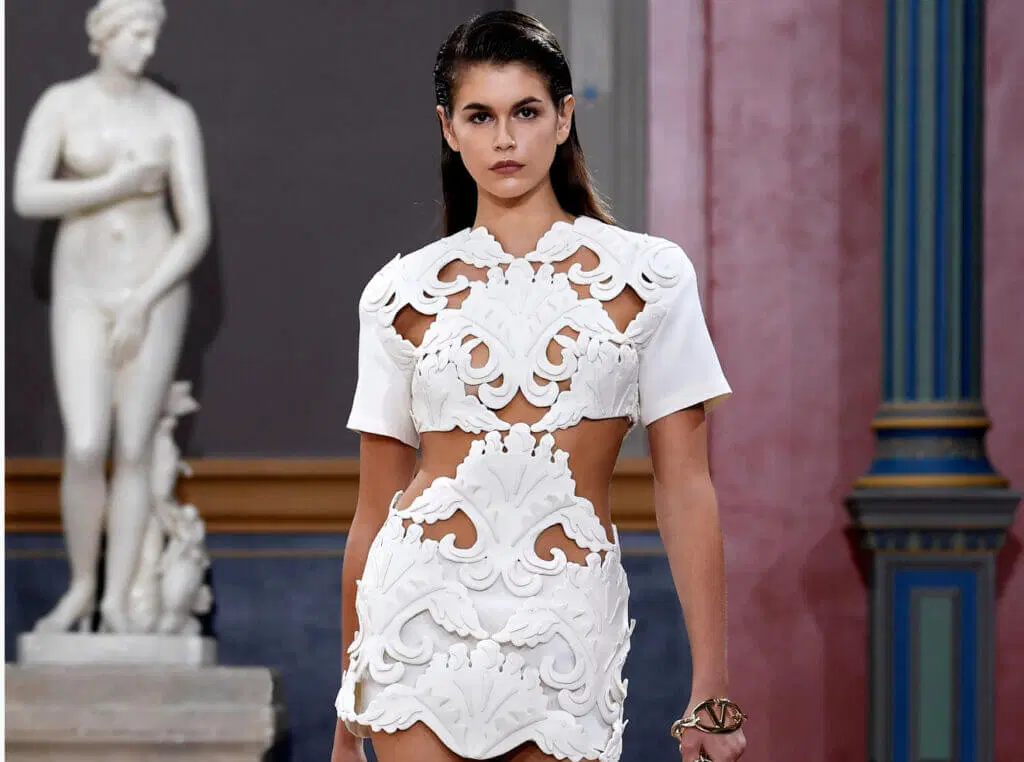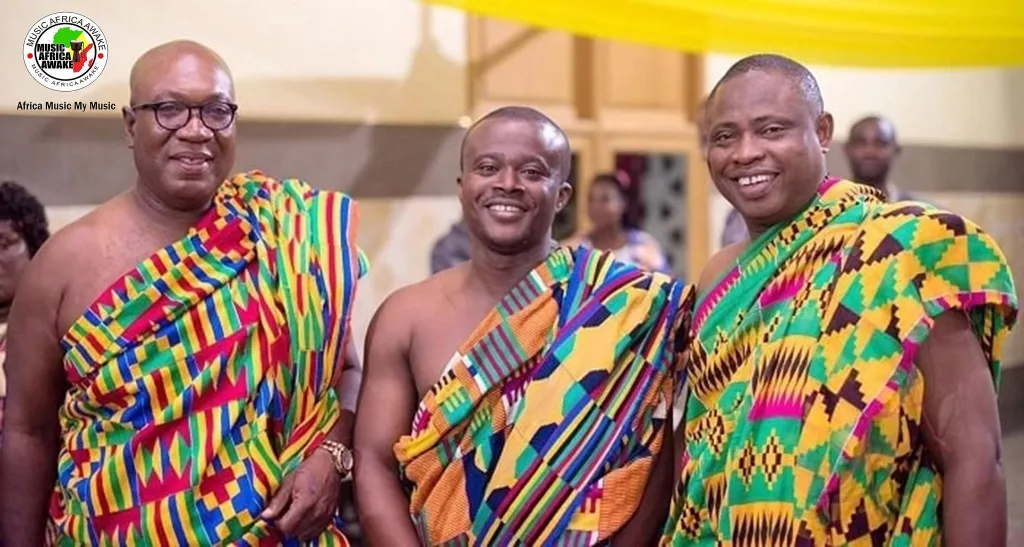
Fashion has always been more than just clothing; it’s a powerful form of self-expression and cultural reflection that holds immense significance in the lives of women worldwide. From timeless classics to cutting-edge trends, women’s fashion not only shapes personal identities but also influences societal norms and perceptions. This article explores the multifaceted world of women’s fashion, its evolution, impact, and enduring relevance in contemporary society.
1. Evolution of Women’s Fashion
Historical Influences: From the corsets and petticoats of the Victorian era to the liberated styles of the Roaring Twenties, fashion has mirrored societal changes and women’s evolving roles.
Mid-20th Century Icons: The elegance of Audrey Hepburn’s little black dress in “Breakfast at Tiffany’s” epitomized timeless sophistication, while the hippie movement of the 1960s introduced bohemian chic.
Modern Trends: Today, fashion is marked by a blend of vintage revival, minimalist aesthetics, and innovative designs driven by technology and sustainability.
2. Expression of Individuality
Fashion serves as a canvas for women to express their unique personalities and aspirations:
Personal Style: Whether it’s a preference for classic elegance, bold savant-garden designs, or laid-back casual wear, fashion choices reflect individual tastes and lifestyles.
Cultural Influences: Traditional attire and ethnic motifs inspire contemporary fashion, blending heritage with modern trends and global influences.
Empowerment Through Clothing: Well-chosen outfits can boost confidence and self-esteem, empowering women to assert their identities and navigate diverse social settings with poise.
3. Trends and Innovations
Fashion trends constantly evolve, driven by creativity, consumer demand, and cultural shifts:
Seasonal Collections: Designers unveil new collections each season, showcasing innovative fabrics, silhouettes, and color palettes that set trends in the fashion industry.
Street Style Influence: Urban fashion and street wear culture influence mainstream trends, reflecting youth culture and the blending of high and low fashion.
Sustainability: Increasingly, women prioritize Eco-friendly fashion choices, supporting brands that prioritize ethical sourcing, sustainable materials, and fair labor practices.
4. Fashion as Cultural Commentary
Fashion often intersects with social movements and cultural shifts, making powerful statements about identity and equality:
Exclusivity: The fashion industry embraces diversity, promoting exclusivity in sizing, modeling, and marketing campaigns that celebrate women of all shapes, sizes, and backgrounds.
Feminism and Empowerment: From the power suits of the 1980s to contemporary feminist slogans on t-shirts, fashion has been a platform for expressing solidarity and advocating for women’s rights.
Gender Fluidity: Gender-neutral and androgynous fashion blur traditional boundaries, challenging norms and offering inclusive styles that cater to diverse gender identities.
5. Fashion Icons and Influence
Celebrities, designers, and influences shape trends and inspire millions with their distinctive styles:
Red Carpet Glamour: Iconic red carpet moments showcase hate couture and designer creations, setting trends and influencing global fashion preferences.
Social Media Impact: Platforms like Instagram and Ticktock amplify fashion trends, making style accessible and empowering women to become influences and taste makers in their own right.
Cultural Icons: Fashion icons like Coco Chanel, Diana Ross, and Michelle Obama have left indelible marks on fashion history, influencing generations with their signature styles and fashion choices.
6. Future Directions in Fashion
Looking ahead, the future of women’s fashion is poised for innovation and exclusivity:
Technology Integration: Virtual fashion shows, augmented reality fitting rooms, and sustainable fabric innovations are shaping the future of fashion accessibility and sustainability.
Empowerment Through Fashion: Fashion campaigns and initiatives continue to promote diversity, body positivist, and empowerment, championing women’s voices and celebrating individuality.
Global Trends: Cross-cultural collaborations and global fashion exchanges foster creativity and expand the diversity of fashion influences worldwide.
Conclusion
Women’s fashion transcends clothing—it embodies culture, creativity, and empowerment. From historical milestones to modern innovations, fashion continues to evolve, reflecting and shaping societal values and identities. By embracing diversity, sustainability, and individual expression, women’s fashion not only enhances personal style but also fosters a sense of belonging and empowerment in a dynamic and inclusive global community.
Ultimately, women’s fashion is a celebration of self-expression and creativity—a vibrant tapestry that weaves together tradition, innovation, and personal identity in every stitch and silhouette.







